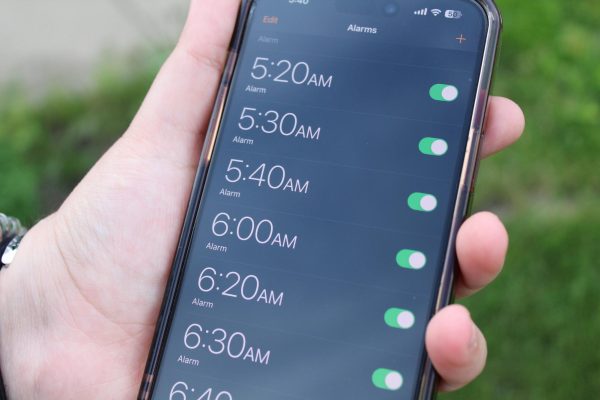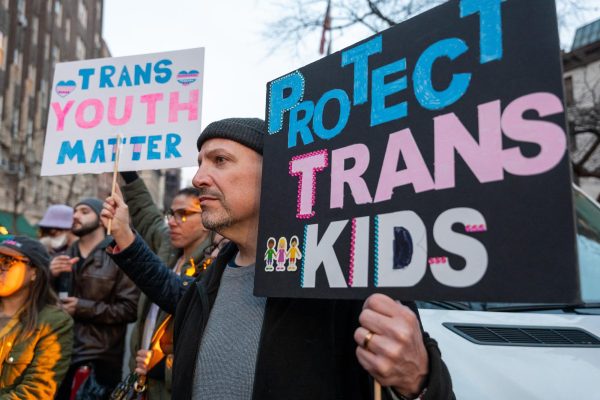Opinion: Including trigger warnings don’t hurt — and always help
Trigger warnings warn consumers about poentially distressing content, and can make a big difference
With the diverse content that can be found on the internet, there comes an increasing need for Trigger warnings to warn viewers of content that may trigger bad reactions.
April 19, 2021
TW: Mentions of self harm and suicidal thoughts
Scrolling through TikTok at 3 a.m., a student goes from laughing to terror in the span of seconds. Their hands shake, but they are not able to scroll past the video as their mind races through all of the mistakes that they have made. Their breathing picks up speed as they struggle keeping up with their racing thoughts. This is the reality many people face when they meet one of their triggers, and this is why trigger warnings are so important.
Trigger warnings are disclaimers at the beginning of videos, writing, or any piece of media to warn the viewer that the media can be potentially distressing. This is to help prevent someone from being triggered by the material sending them into a panic attack, cause them to relive a traumatic event, or even fall back into an old dangerous or bad habit.
The benefits of trigger warnings definitely outweigh the drawbacks. All trigger warnings are easy to put on media that are common triggers, including eating disorders or self-harm. If a person were to post a TikTok discussing self harming it can cause someone who has not self-harmed in years to relapse into that very dangerous habit. This is because they saw content revolving around something that triggers them and it puts them back into that dangerous state of mind.
In general trigger warnings are easy to put on things that can trigger people, and if people don’t need the trigger warning, it is very easy to ignore. If someone knows they are going to get triggered by a discussion of suicidal thoughts then seeing a trigger warning that says “TW: suicidal thoughts,” it will be much easier for them to avoid their trigger. But someone who doesn’t need that trigger warning can just ignore it and keep consuming the media. Adding trigger warnings don’t hurt, and always help.
People who have triggers for their anxiety, they are told by people to “avoid things that will trigger it.” But people cannot avoid what will trigger them if they are not told what certain media will contain. This makes avoiding triggers lots harder than it needs to be.
Many people will say things like, “but there aren’t trigger warnings in real life.” They are correct to a certain extent. A conversation may not have a trigger warning but things like media that contain common trigger subjects can have trigger warnings put before them. This is just an excuse made by some people so they don’t have to put trigger warnings on difficult topics.
There are trigger warnings put on media that have flashing lights for people with epilepsy, or different conditions that can be triggered by flashing lights. This same energy can be used to help people with different triggers. Mental illnesses are just as hard to deal with as physical illnesses, and should be treated with the same care.























